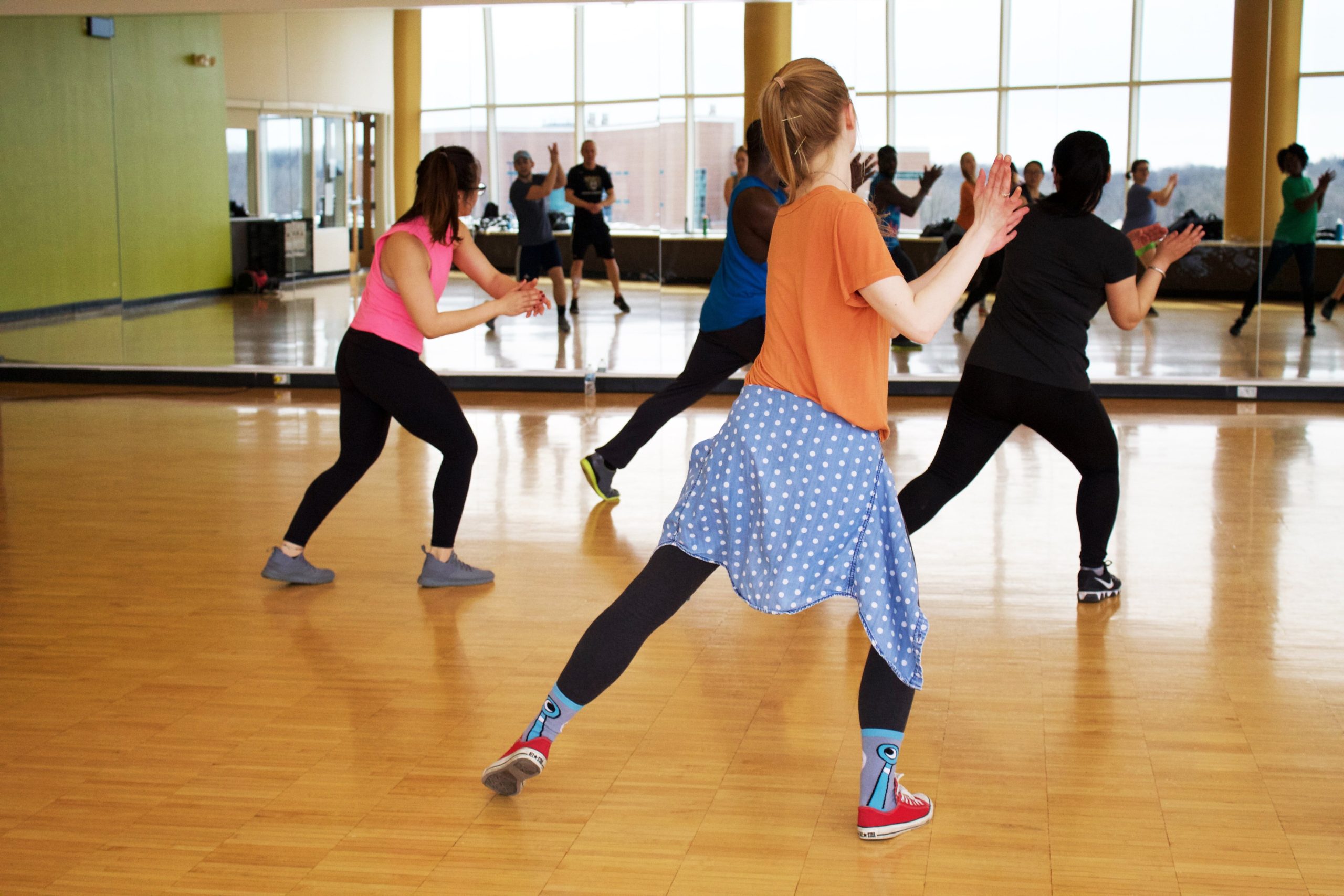Do you spend most of your day sitting in front of a computer or on the couch? If so, you’re not alone. A sedentary lifestyle has become the norm for many people, but it comes with its own set of negative effects on our health and wellbeing. However, there’s good news – exercise is a powerful tool that can help counteract these effects and improve our overall quality of life! In this blog post, we’ll explore the science behind exercise and how it can benefit your mind and body. So grab your sneakers and let’s get moving towards a healthier you!
What are the benefits of exercise?
The benefits of exercise go far beyond just being physically healthy. According to the Centers for Disease Control and Prevention (CDC), regular physical activity can help prevent a number of chronic diseases, including obesity, heart disease, stroke, and cancer. In addition, exercise has been shown to improve mental health by reducing stress levels and improving moods. Here are some of the major benefits of exercise:
1. Obesity prevention: One of the most significant benefits of exercise is its ability to help prevent obesity. According to the CDC, people who are obese are at an increased risk for many chronic diseases, including heart disease, stroke, type 2 diabetes, and several types of cancer. Exercise has been shown to be an effective way to reduce weight and prevent these diseases.
2. Cardiovascular health: Exercise is also associated with improved cardiovascular health. According to the American Heart Association (AHA), regular exercise can lower blood pressure and cholesterol levels and reduce the risk of heart disease. In addition, exercising can increase HDL (good) cholesterol levels and decrease LDL (bad) cholesterol levels.
3. Mental health benefits: Exercise has also been shown to have positive mental health effects. It has been linked with reduced stress levels and improved moods in both adults and children. Exercise has also been shown to improve cognitive function and memory recall in adults.
4. Reduced risk of developing chronic diseases: Another significant benefit of exercise is its ability to reduce the risk of developing chronic diseases such as
The different types of exercise
There are many different types of exercise, all of which have their own benefits. Here are six different types of exercise and the specific benefits they offer:
1) Cardio: This type of exercise helps to improve heart health by increasing the amount of oxygen your body can use. It also improves your overall fitness by burning calories.
2) Strength Training: This type of exercise helps to strengthen your muscles and bones, which can help you maintain a healthy weight and reduce the risk of injury. It also has mental health benefits, such as reducing stress levels and improving self-esteem.
3) Yoga: Yoga is a form of physical activity that is based on poses that stretch and strengthen muscles in your body. It has many mental health benefits, including reducing stress levels and improving moods.
4) Pilates: Pilates is a form of physical activity that targets the core muscles in your body. It has many mental health benefits, including reducing stress levels and promoting better posture.
5) Dance: Dance is an active form of entertainment that can be used to improve physical fitness, coordination, balance, strength, flexibility, and stamina. It also has mental health benefits, such as reducing stress levels and improving self-esteem.
6) Stand Up Paddleboarding: Stand up paddleboarding (SUP) is an exciting new sport that uses a board with two paddles attached to it to propel you through the water forward. SUP has many physical
How much exercise is enough?
Exercise has been shown to have a multitude of benefits for both physical and mental health. Surprisingly, however, the amount of exercise required to reap these benefits is often disputed. How Much Exercise Is Enough?
There is no one answer to this question as the amount of exercise needed will vary depending on an individual’s age, sex, weight, activity level and genetics. However, according to the Centers for Disease Control and Prevention (CDC), adults should aim for 150 minutes of moderate-intensity aerobic activity per week or 75 minutes of vigorous-intensity aerobic activity.
In addition to getting your daily exercise quota in, it is also important to be mindful of the type of exercise you are doing. According to research from the American Heart Association (AHA), people who engage in Activities That Burn Fat—like swimming, dancing, cycling and gardening—are more likely to lose weight and reduce their risk for heart disease than those who participate in traditional aerobic exercises like running or biking.
How can exercise help counteract the negative effects of a sedentary lifestyle?
Exercise can help counteract the negative effects of a sedentary lifestyle in several ways. First, exercise can improve your mood and mental well-being. Second, exercise can help reduce your risk of developing major health conditions such as heart disease and diabetes. Third, exercise can help improve your cognitive function and memory. Fourth, exercise can increase your telomere length—a marker of biological aging—and decrease your risk of developing cancer. Finally, exercise has been shown to reduce stress levels and boost overall happiness.
What are some common exercises?
Exercise has been shown to be one of the most effective ways to counteract the negative effects of a sedentary lifestyle. The following are some common exercises:
1. Cardiovascular exercise: This includes activities such as running, cycling, swimming, and walking. These exercises help improve heart health and can decrease the risk of developing cardiovascular diseases.
2. Resistance training: This involves using weightlifting equipment to work the muscles in your arms, chest, back, and legs. It has been shown to increase muscle strength and size, which can help you improve your overall fitness level.
3. Yoga: This form of exercise is believed to be beneficial for both body and mind. It can help improve flexibility and balance, reduce stress levels, and increase energy levels.
The risks associated with exercising too much or not enough
Exercise has been shown to be beneficial for both physical and mental health. However, too much exercise can have negative consequences, such as increasing the risk of heart disease, stroke, and other serious health conditions. In contrast, a sedentary lifestyle can lead to several health problems, including obesity and type 2 diabetes.
A study published in the “Journal of Physical Activity & Health” looked at data from more than 305,000 women over the course of 10 years to determine the association between exercise and BMI (body mass index). The study found that women who exercised moderately (defined as at least 150 minutes per week) were less likely to become obese or develop type 2 diabetes than women who didn’t exercise. In addition, moderate exercisers were also less likely to have high blood pressure or cholesterol levels.
The study also found that increasing levels of exercise were associated with lower levels of BMI regardless of a woman’s age. This suggests that even relatively modest amounts of exercise can have significant benefits for overall health.
Conclusion
Excessive sedentary behavior has become a worldwide epidemic, and it’s not hard to see why. Sitting in a chair all day long causes your body to enter into a state of chronic inflammation, which leads to an array of health problems. However, by incorporating regular exercise into your routine you can combat the negative effects of a sedentary lifestyle and improve your overall health. By increasing the amount of oxygen that your muscles receive, you can counteract the negative effects of being inactive and help protect yourself against chronic diseases such as obesity and heart disease. So if you’re looking for ways to boost your health and prevent future diseases, adding regular exercise to your weekly routine is one powerful way to do just that.










